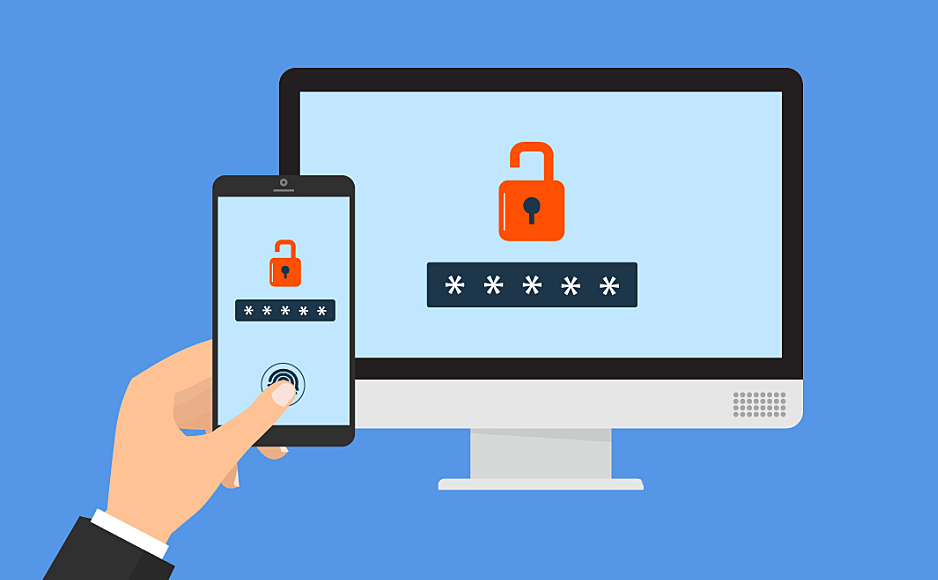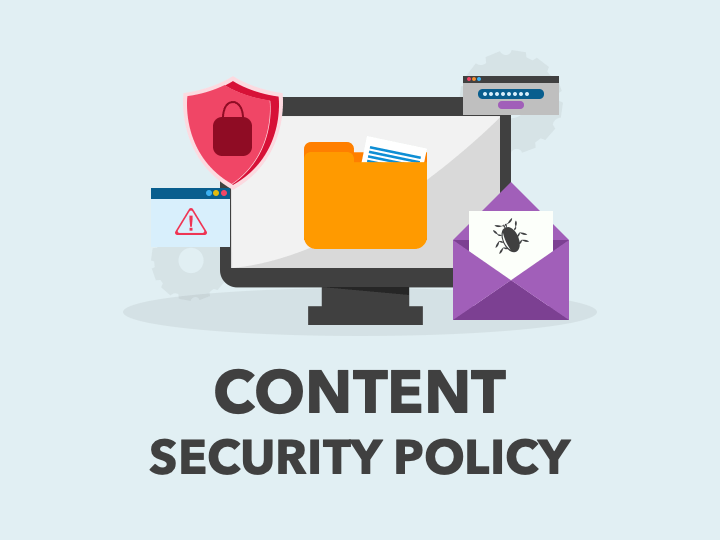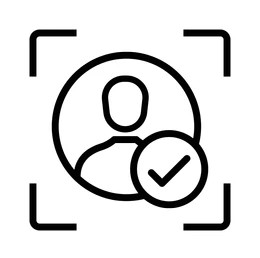The year 2025 in an interconnected world will make websites more than digital storefronts: they are a treasure trove of user information that should not be made public. Since cybercrooks’ tactics have advanced, making website security compulsory is the next thing that needs to happen. This is the requirement for designing modern websites and their implementation of security, to guard against data breach, to maintain user’s privacy, and compliance to regulatory standards.
Let’s explore the top 10 web design security best practices to make your website resilient and trustworthy.
Table of Contents
Toggle1. Start with Secure Coding

A secure website starts with well-structured, quality code. Developers must code according to best practices to avoid creating vulnerabilities unintentionally. For example, input data validation prevents injection attacks, which are malicious code injections into an application. Escaping outputs is also necessary to prevent cross-site scripting, where attackers insert harmful scripts into web pages users interact with.
It is also crucial to educate development teams about emerging threats and implement secure coding frameworks. Regularly auditing your code for vulnerabilities is an excellent way to catch potential issues early.
2. Implement HTTPS with SSL/TLS Encryption

One of the key transitions that will improve the security of websites is from HTTP to HTTPS. This method of encryption ensures all communication between a website and its users is encrypted, which means there is little chance that attackers intercept login credentials or payment information of the users.
Using SSL/TLS certificates not only safeguards data but also builds user trust. Search engines like Google prioritize HTTPS sites, and modern browsers mark HTTP sites as insecure, which can deter visitors. If you’re still using HTTP, migrating to HTTPS should be your first security upgrade in 2025.
3. Enforce Robust Authentication Mechanisms

Weak authentication presents itself as one of the glaring security holes attacked by attackers. Strengthening login on your website is essential. Introduce MFA where the user identifies himself using two or more factors such as password as well as one time, password received on his cellphone.
Apply strong passwords rules with a mix of uppercase, as well as lowercase, also numbers and special characters. More for security implement applications which base their authentication on biometric attributes like fingerprint and facial recognition.
4. Keep Software Updated

Usually, the old software version offers an easy entry point into most cyberattacks. Most attackers seize old versions of content management systems (CMS), plugins, or frameworks to carry out their malicious activities. However, frequent updates can help eliminate that threat by protecting against identified vulnerabilities.
Use automated tools to monitor updates and apply patches promptly. If you rely on third-party plugins, choose reputable ones that offer frequent updates and security patches. Keeping everything up-to-date minimizes your exposure to potential exploits.
5. Use a Web Application Firewall (WAF)

A web application firewall protects the site as a shield in a firewall, filtering traffic to a given website or blocking malicious requests. Modern WAFs protect against wide-ranging threats, including SQL injections, cross-site scripting, and Distributed Denial of Service (DDoS) attacks.
Current WAFs are mainly cloud-based, requiring minimum setting with a real-time threat detection approach. They are always upgrading to newer threats, so they become an essential protection tool for your web applications.
6. Secure APIs and Third-Party Integrations

In 2025, APIs are the core of most websites, enabling communication between systems. However, a poorly secured API can open your website to unauthorized access and data leaks. Always require API authentication keys, encrypt data transfers, and set usage limits to prevent misuse.
When integrating third-party tools or plugins, vet their security practices and ensure they comply with industry standards. A breach in a third-party system can easily impact your site if the integration is insecure.
7. Establish Content Security Policies (CSPs)

A Content Security Policy, or CSP, is yet another layer of protection against harmful scripts. It defines a list of rules for loading resources such that unauthorized scripts, images, or stylesheets won’t be executed.
Let’s say you want to make your site load only JavaScript files coming from trusted domains. So by this, you effectively restrict attackers from injecting some other malicious code. They really are effective in thwarting XSS attacks.
8. Conduct Security Audits and Testing

Security is not a one-time activity but a continuous process. Regular security audits are a must to identify the weaknesses in your website. Penetration testing is especially effective for identifying vulnerabilities that standard scans may miss. It involves ethical hackers simulating attacks on your website.
Automated vulnerability scanners can detect such issues as misconfigurations, outdated software, or coding errors. Therefore, to be more thorough, complement automated scans with manual assessments, which ensure that no gap in protection exists.
9. Implement Role-Based Access Control (RBAC)

Not all users require full access to the backend of your website. Role-based access control ensures users have access only to the necessary resources and data. For example, a content editor should not have security settings modification permissions.
This principle of least privilege minimizes the potential damage in case of a compromised account. Further, review and update user permissions regularly in line with their present responsibilities.
10. Prepare for Incidents with an Incident Response Policy

Even the most secure of websites can suffer breaches. Having a good and robust incident response plan in place will ensure you can act quickly to contain and mitigate damage. The plan should detail procedures for detecting breaches, isolating affected systems, and restoring backups.
Transparency is also key—notify affected users promptly and explain the steps you’re taking to resolve the issue. Building a communication plan in advance can help maintain trust during a crisis.
Conclusion
Web design security in 2025 is a critical component of maintaining a trustworthy and functional website. From adopting secure coding practices to implementing advanced tools like Web Application Firewalls, these best practices provide a comprehensive defense against the evolving threat landscape.
Prioritizing security in your web design protects the users and also boosts your credibility with search engines. With these top 10 practices, you can be guaranteed that your website remains secured, resilient, and more user-friendly in a increasingly digital world. That is why security has become a core pillar in a web design strategy for the year 2025 because, in a digital age, trust can only be built on safety.
About Us
Bloom Agency is the best web design company in India, focusing on creating aesthetically beautiful and most functional sites that better serve business objectives. At Bloom Digital Marketing Agency, we specialize in delivering whole web design services in India to meet diverse business needs. From our great website design to optimizing your websites for search engines, our expertise will take your brand to the maximum level possible online.












Rahul M.
B2B Service Provider